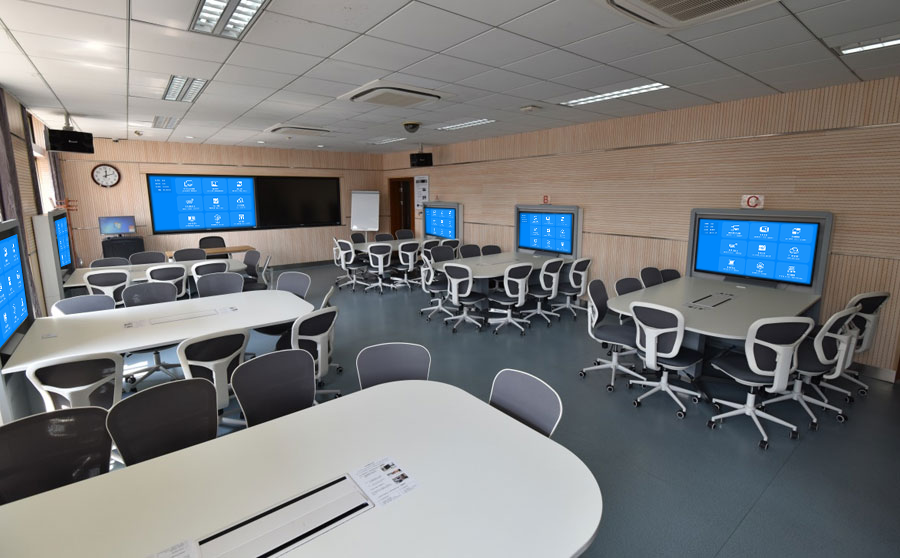Multi-Screen Interaction: A Device Collaboration Solution
This multi-screen interaction solution breaks the limits of a single screen, allowing seamless linkage between devices like phones, computers, tablets, and large displays. This enables content to flow across screens, making it easier to use in meetings, classes, and offices.
Flexible Multi-Device Connection
Whether you’re using an Android or Apple phone or tablet, or a Windows or macOS computer, you can easily connect. Devices on the same network are automatically recognized. You can connect by scanning a QR code or selecting the device, with no need to worry about brands or models. Once connected, content can be transferred both ways between large and small screens. A photo you take with your phone can be instantly sent to your computer, and a document from your computer can be easily pushed to your tablet. There’s no need to rely on a USB drive or a messaging app to transfer files.
Practical Interactive Functions
It supports multi-screen display, so in a meeting, a large screen can be split into four smaller windows to show proposals from four different computers at the same time. This makes comparisons easier without having to switch back and forth. It also supports multi-screen simultaneous display, so a teacher can mirror courseware to both the classroom’s main screen and students’ tablets at the same time, making it easy for students in the back to see by looking down at their own devices.
You can also use cross-screen control, using a tablet as a “remote control” for the large screen to turn pages and annotate without having to be in front of it. A computer can also take over phone operations, so you can see incoming calls and notifications on your computer without having to pick up your phone.
Adapts to All Scenarios
- Office Meetings: Team members can use their own devices to look up information. When they find something useful, they can instantly mirror it to the large screen. Anyone with an idea can annotate it directly on their own device, and it will be synchronized to the large screen for everyone to see. This doubles the discussion’s efficiency.
- Classroom Teaching: A teacher can mirror courseware to the main screen, and students’ tablets can receive it at the same time. If a student has a question, they can mirror their notes to the main screen to ask it, and the teacher can annotate the main screen to answer directly. The interaction is more flexible than with a single large screen.
- Design Studios: A designer can edit a design on their computer, and the updated version can be mirrored to the team’s large screen and their colleagues’ tablets at the same time. Colleagues can then annotate their suggestions on their own devices, so no one has to huddle around a single computer to see.
There’s no need for complex wiring; the devices can be used just by connecting to the network. An administrator can remotely check the status of each screen and set which devices can interact. This makes daily maintenance easy and multi-screen collaboration hassle-free.